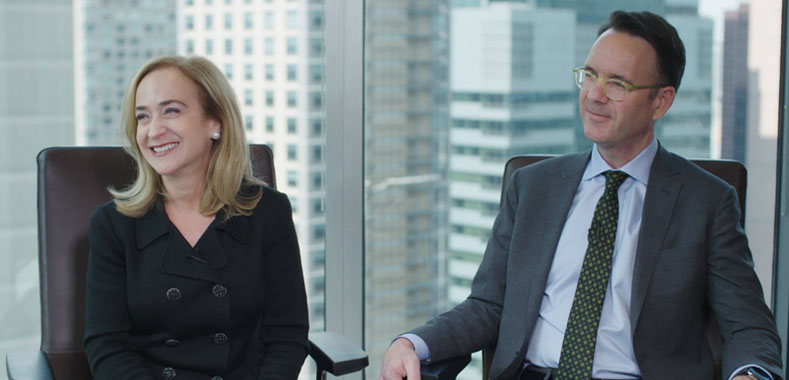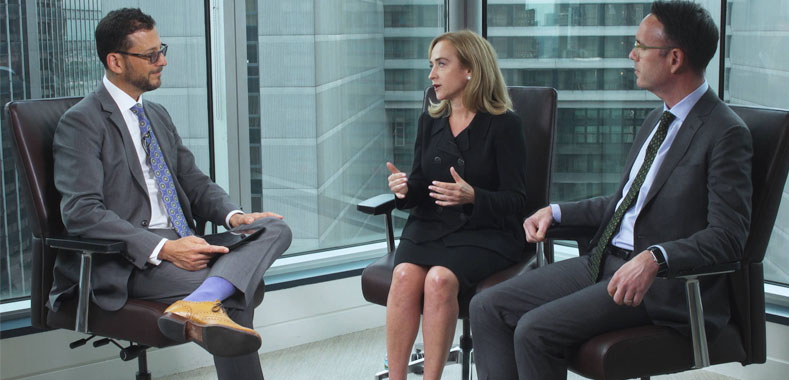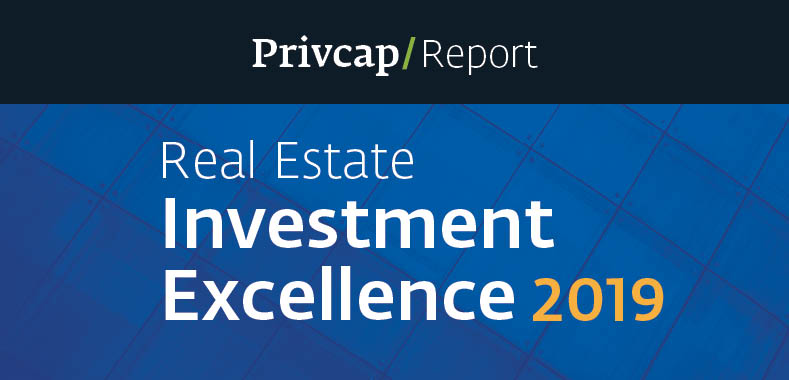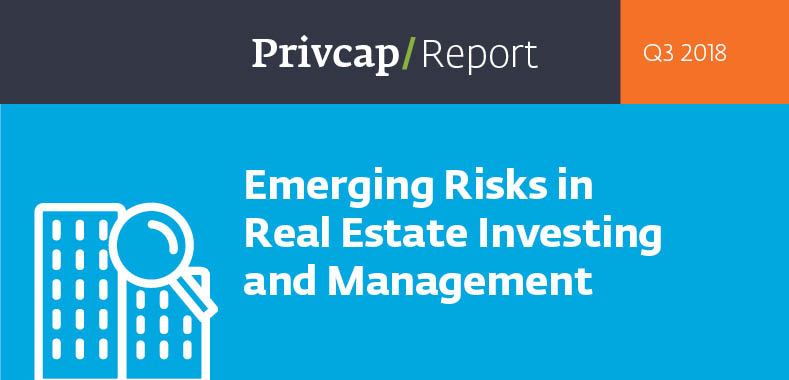Q&A: The Investment Case for Workforce Housing
Download the article here
As millennials head into their 30s, they aren’t all looking for luxury apartment rentals. A very large workforce population wants affordable, clean, and safe rental housing, presenting a compelling investment opportunity. PGIM Real Estate’s Lee Menifee, Head of Americas Investment Research, and Cathy Marcus, Global Chief Operating Officer and Head of the U.S., explain.
Privcap: What are some interesting trends that your U.S. demographic research has uncovered?
Lee Menifee, PGIM Real Estate: One of the most interesting things that we’re seeing is growth at either end of the adult age spectrum. There are many more older people and also a big bulge of people in their 20s going into their 30s. As you dig deeper into that widely acknowledged trend, you find a lot of details that have direct investment implications—many of them in areas which we haven’t been previously involved in as investors. For example, the growth of millennials supported a lot of apartment demand, but it is actually a common misperception that all the demand is in urban areas and in Class A apartments. This cycle has of course been very good for that type of apartment, but that’s only one segment of the population that’s being served.

PGIM Real Estate
What other kinds of housing are millennials demanding?
Menifee: It’s not an exaggeration to say that the U.S. is having an affordable housing crisis. As of 2000, about 36 percent of renters paid more than 30 percent of their income on rent. Today, both of these numbers have jumped to 50 percent, so half of renters are paying more than half of their income in rent. There’s this whole segment of the population that isn’t necessarily being served by these Class A urban apartments, and there’s the opportunity to invest in some of these other areas. What investment strategies have come out of this research identifying demand for less-expensive housing?
Cathy Marcus, PGIM Real Estate: For the past 10 years or so, the U.S. has been so focused on huge amenity packages, quartz countertops, golf simulators, saltwater pools, and really forgotten about all of the people who are living in apartments because that’s the only place where they can live. What they’re really looking for is a “good enough” product. They don’t need a golf simulator. They’re looking for well-maintained product in good locations, and professionally managed.

PGIM Real Estate
We’ve recognized this trend through Lee’s investment research group, and we have been out acquiring more of what we’re calling workforce housing. These tend to be Class B, maybe B minus, projects around the country, often garden-style apartments, maybe less in the urban centers. There’s a lot of these types of projects in the Southeast and Southwest. Some of them could be considered workforce housing because of their age or because of their relative rents.
Some of the strategy is a little bit value-add oriented in that the idea is to come in and do some cosmetic work, or maybe fix up some amenities, or in some cases even address deferred maintenance. We’ve acquired about 20,000 units with that strategy recently.
Is a goal to make the rentals stickier?
Marcus: Yes. The great challenge for investors like us is to have the discipline to keep this product affordable, and to not come in and try to turn it cosmetically into an A project. That’s a great strategy, it’s just a very different strategy. It’s not the strategy that we’re after. You can’t raise the rents several hundred dollars a month and think that you’re not going to have a level of turnover.
What else have you learned about workforce demographics?
Menifee: One of the things to think about is, where are people going to be living in 10 years? Let’s go back to the more affluent renters in their 20s currently renting Class A apartments. A lot of them are going to be homeowners 10 years from now. A lot of the workforce renters by necessity aren’t going to be homeowners. You really have this embedded group of people that are just looking for places to live that are clean, that are dependable, that are all the things that Cathy described. They’re not likely to be quite as mobile as other parts of the population.
Where is the housing crisis the worst?
Menifee: San Francisco and New York obviously stand out as being very unaffordable. But you also have places like Orlando and Phoenix, where more than 45 percent of renters pay more than 30 percent of their income on rent. There are opportunities there to provide affordable housing as well in markets that don’t necessarily show up where people normally think of as being unaffordable markets.
A very large workforce population wants affordable, clean, and safe rental housing, presenting a compelling investment opportunity, according to experts at PGIM Real Estate.












